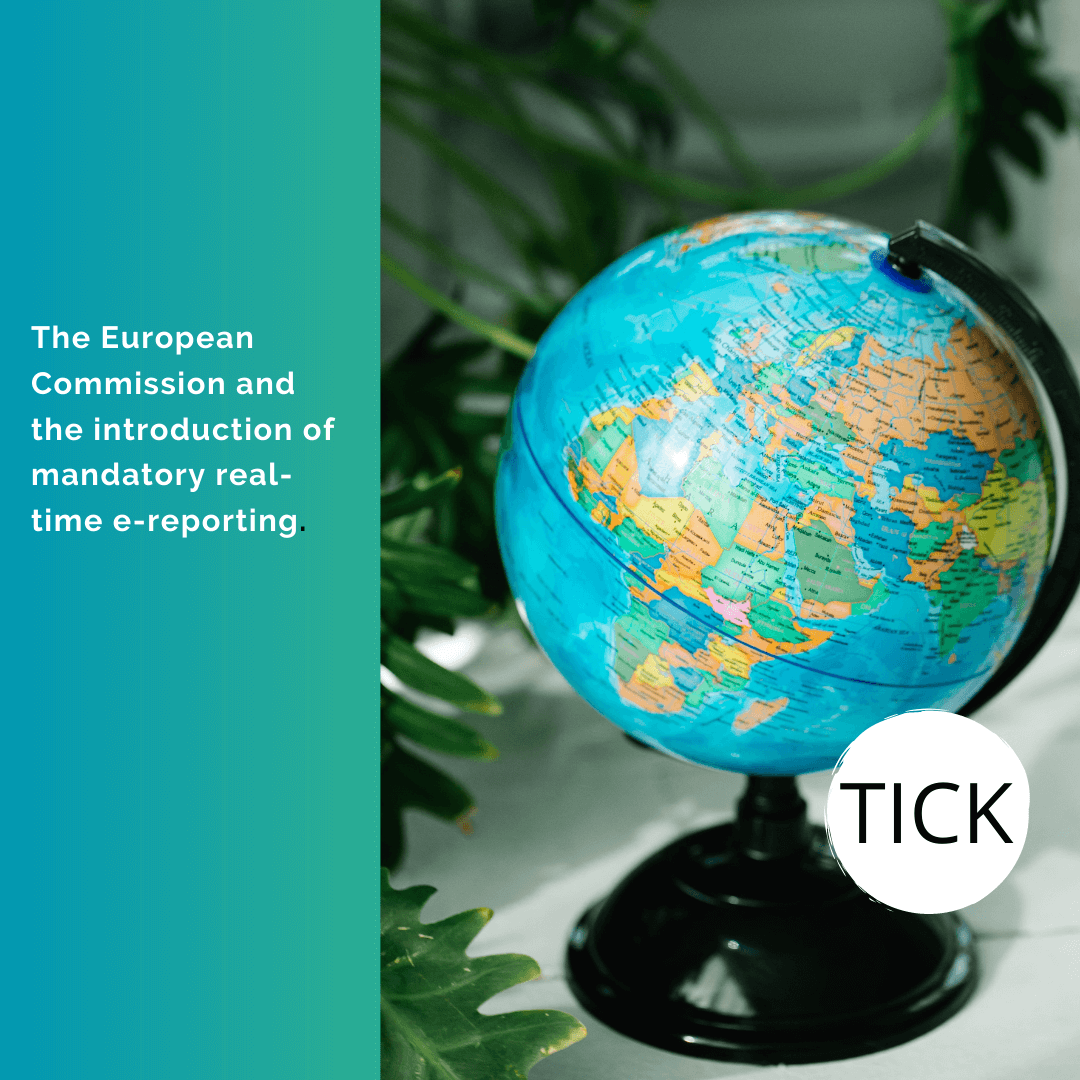European Commission published on December 8, 2022 an amendment draft to the VAT Directive entitled “VAT in the digital era”, VAT settlements in the European Union are to be further digitized and the budgets of the Member States are to be better protected against abuse.
One of the main assumptions of this directive is to modernize VAT reporting obligations by introducing digital reporting requirements. The aim is to standardize the information on most transactions that taxpayers will have to submit to the tax authorities in electronic form. At the same time, an obligation to use e-invoicing in cross-border transactions will be imposed. All these responsibilities will apply to B2B transactions and will probably be introduced from 2028.
These requirements oblige taxable persons identified for VAT purposes to provide the tax authorities with information about each intra-Community supply of goods, each intra-Community acquisition of goods and each supply of a service that is taxable in a Member State other than the country in which the supplier is established.
The European Commission is proposing the creation of a central electronic VAT information system (central “VIES”). Using it will allow Member States to communicate all other VAT information that is stored at national level, helping to fight VAT fraud. The central VIES system would be able to aggregate information provided by Member States on each taxable person in relation to his B2B cross-border transactions. This will also allow cross-checking of reported intra-Community supplies with reported intra-Community acquisition data.
New or updated information should be entered into the central VIES as soon as possible, but no later than one day after it has been collected by the national tax administration. In order to make a kind of real-time reporting, taxpayers will be required to document an intra-Community transaction within two days, instead of the current 45 days.
The information will be stored in the central VIES system for five years and will be available to authorized officials to control the correct application of VAT rules and combat VAT fraud.
With the introduction of mandatory e-invoicing and DRR, summary statements (better known as the EC Sales List or ESL) will be phased out.
We must also remember that the public consultation showed that European Union companies are very concerned about the very short deadline for sending e-reports, i.e. within two days, and asked to consider extending it to two weeks.


